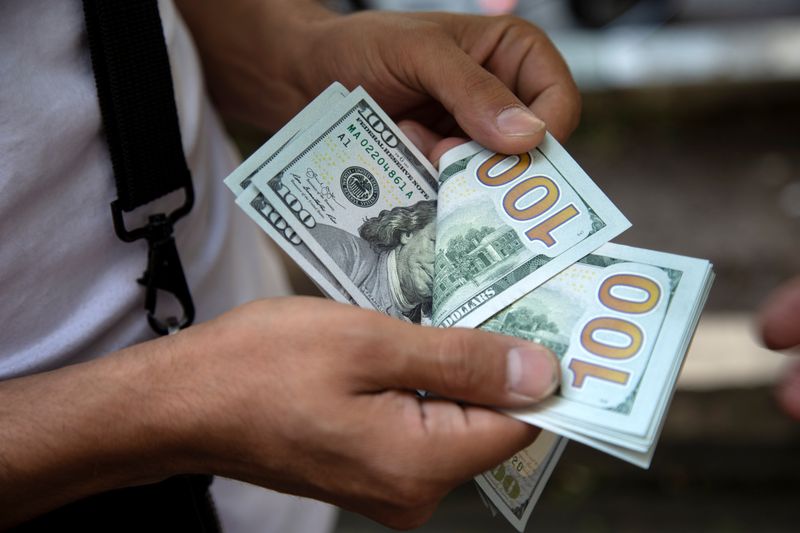Investing.com — The U.S. dollar has been supported since the start of the week as bond yields rose marginally and equity market momentum slowed. Despite positive US economic data, upside risks to government bond yields are expected to persist in the near term, leading to skepticism about a further weakening of the dollar before the end of May.
The situation in Iran has had a limited impact on global markets. There has been no apparent impact on commodity prices, which are typically the first to reflect significant geopolitical changes.
Today’s economic events include the release of the Philadelphia Fed non-manufacturing index and speeches from several members of the Federal Open Market Committee (FOMC), such as Christopher Waller, John Williams, Raphael Bostic and Tom Barkin. Market expectations for Federal Reserve easing by year-end have been lowered slightly to 42 basis points. However, significant shifts in Overnight Index Swap (OIS) pricing are not expected until the release of the US core Personal Consumption Expenditures (PCE) price index on May 31.
The outlook for the dollar remains neutral in the coming days, with a slight tilt toward potential gains. Key economic indicators such as the Consumer Price Index (CPI) in Canada, the United Kingdom and Japan, as well as the Purchasing Managers’ Index (PMI) in the Eurozone, can cause variations between the Group of Ten (G10) currencies. with the dollar possibly not establishing a definitive trend this week. In addition, a policy meeting is scheduled in New Zealand, where the absence of easing signals could strengthen the New Zealand dollar (NZD). At the same time, upside risks to the exchange rate in the short term are anticipated.
This article was produced with the support of AI and reviewed by an editor. For more information see our General Terms and Conditions.


